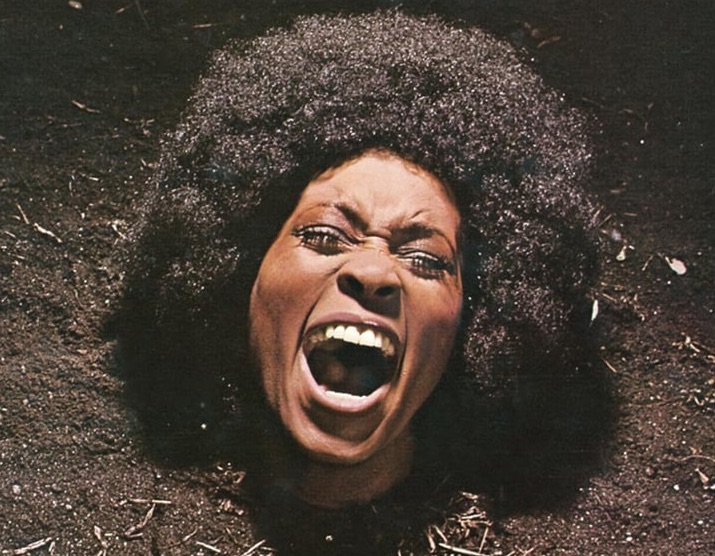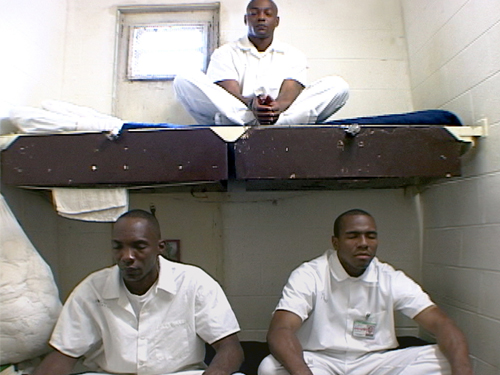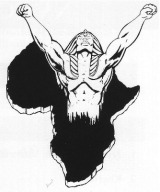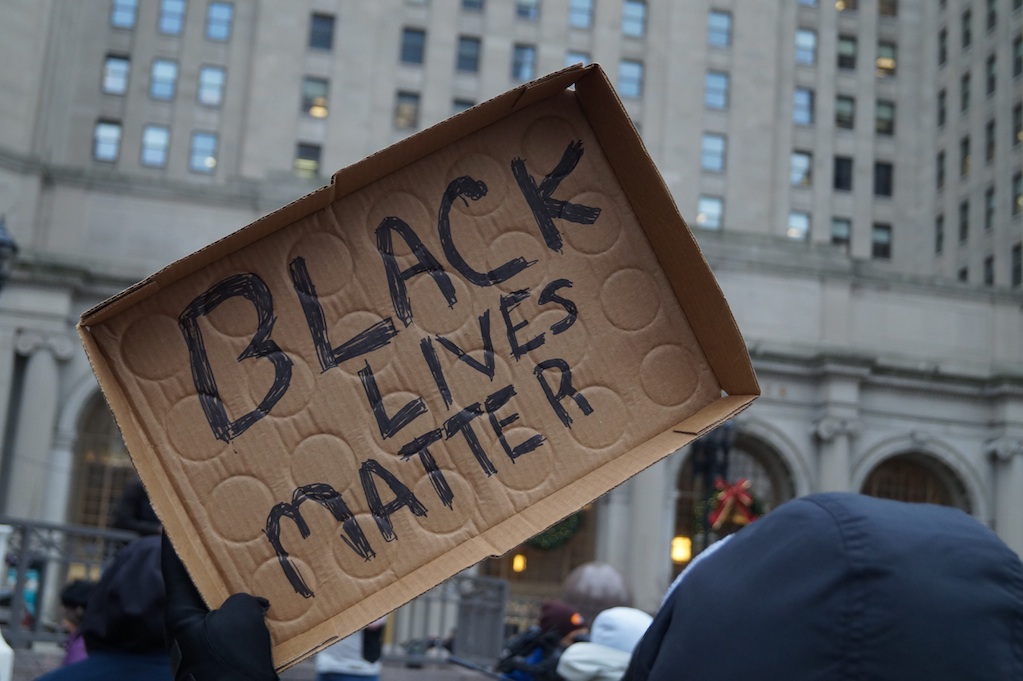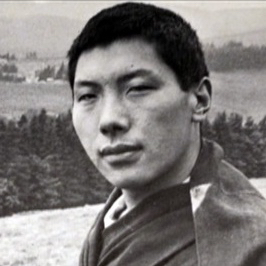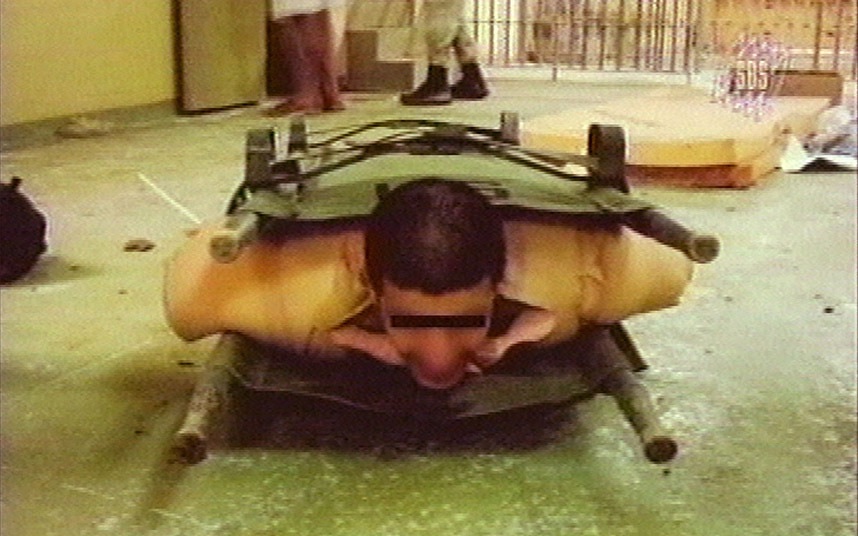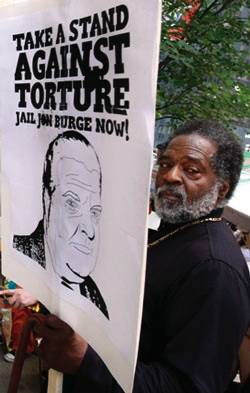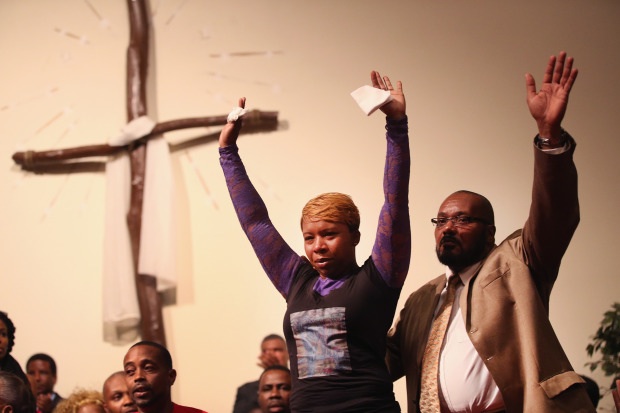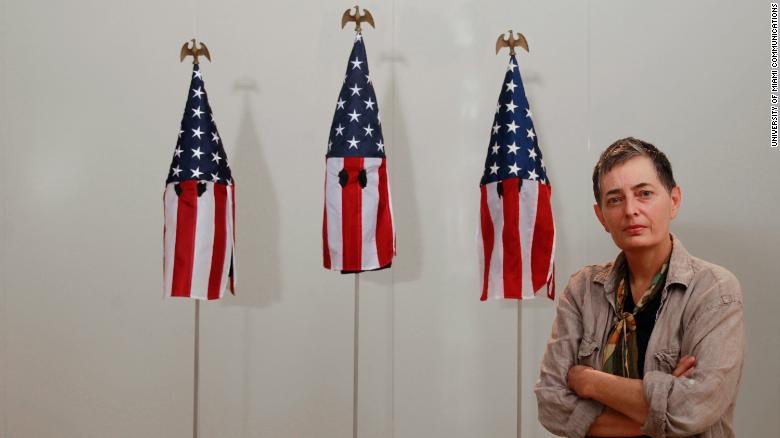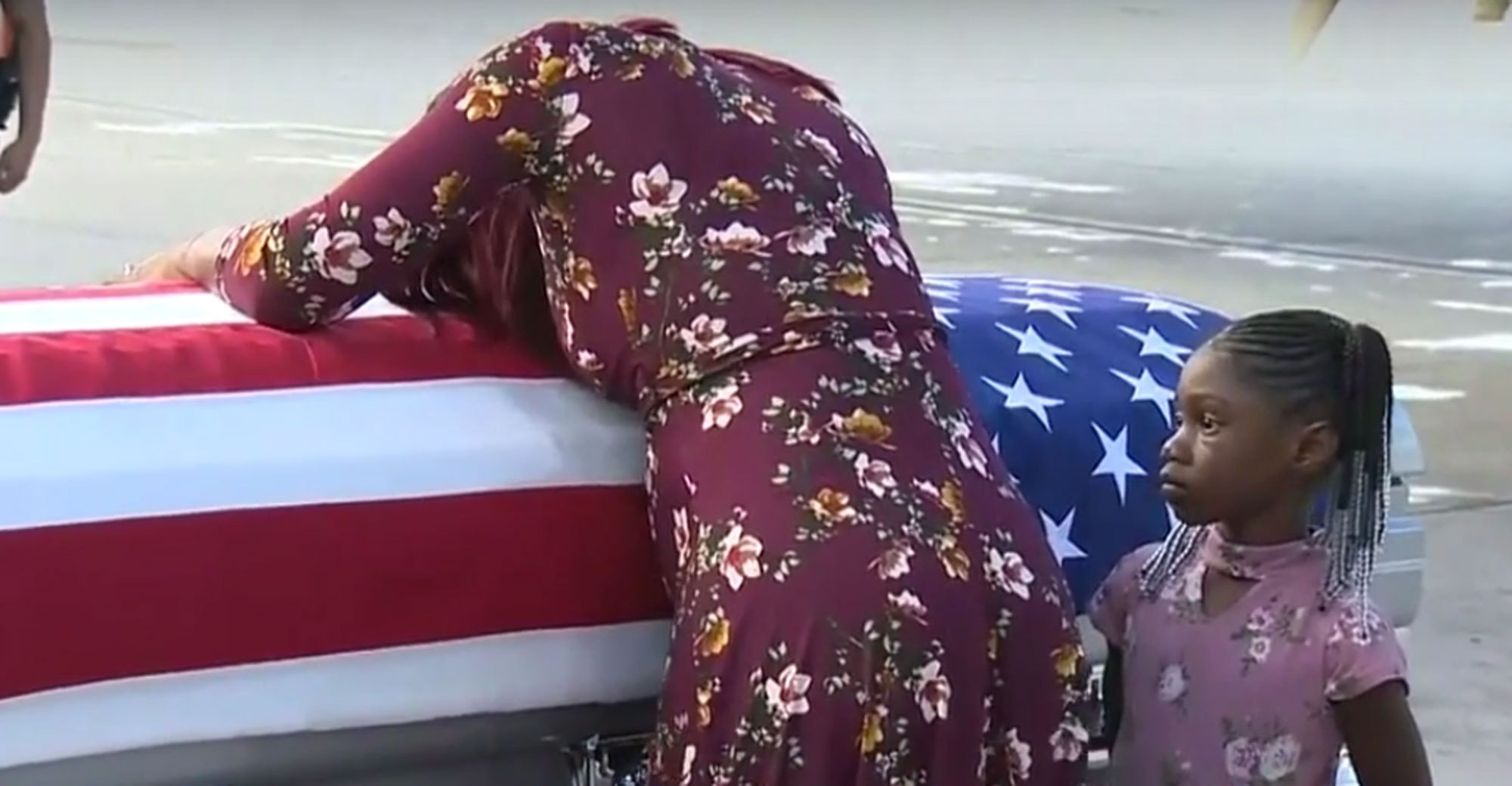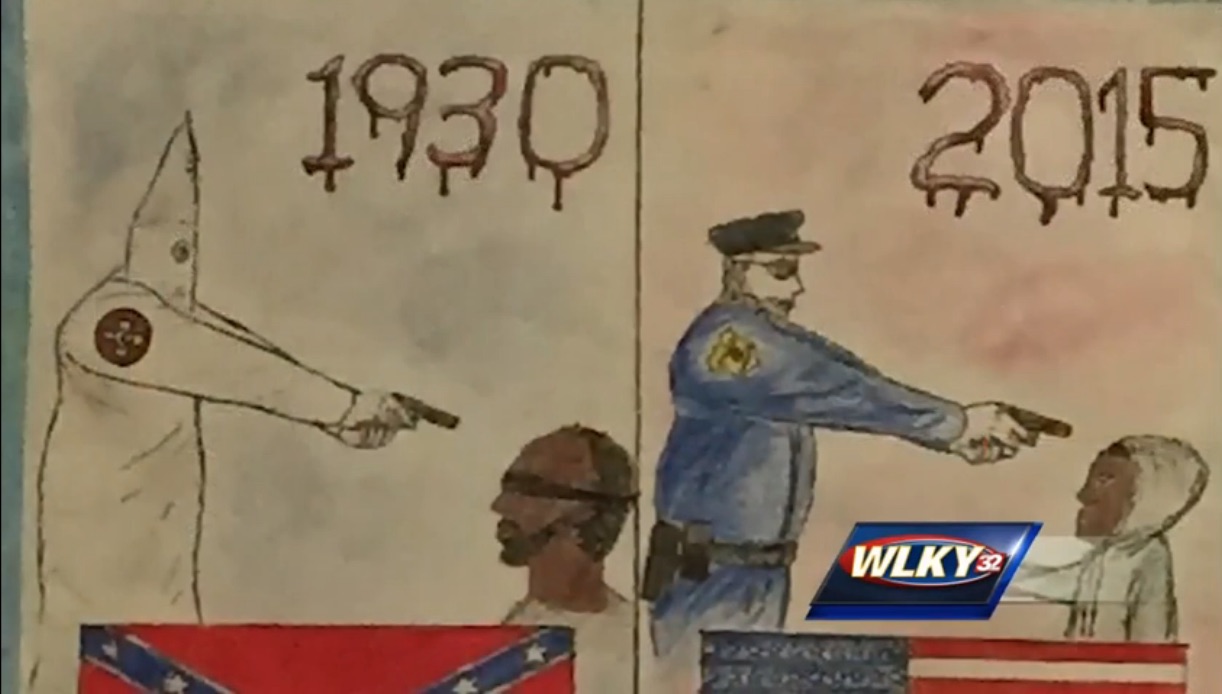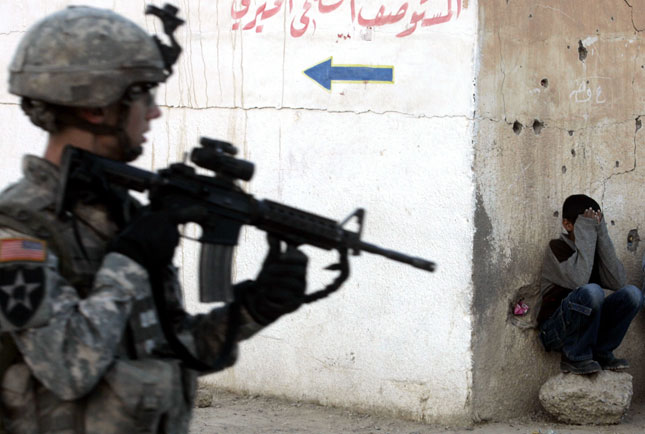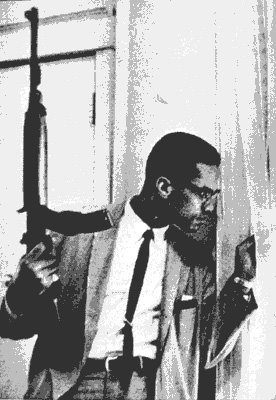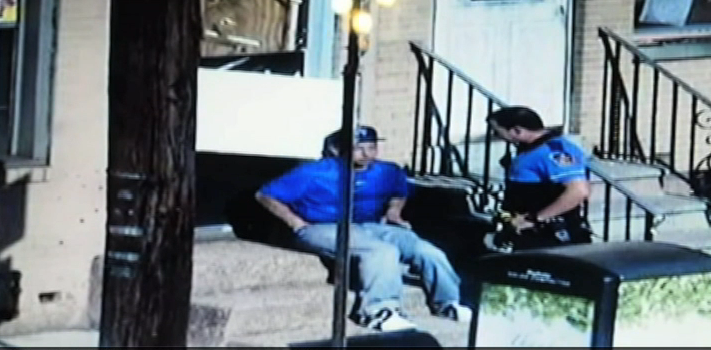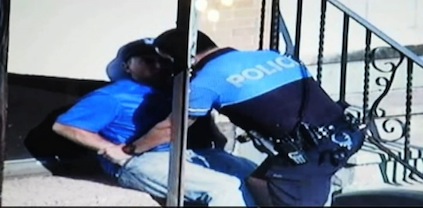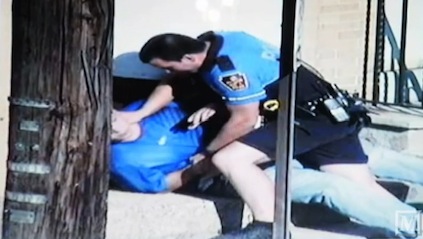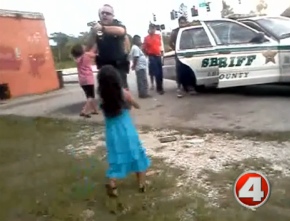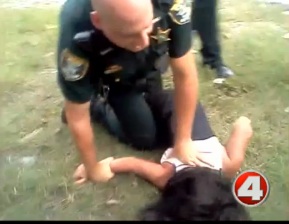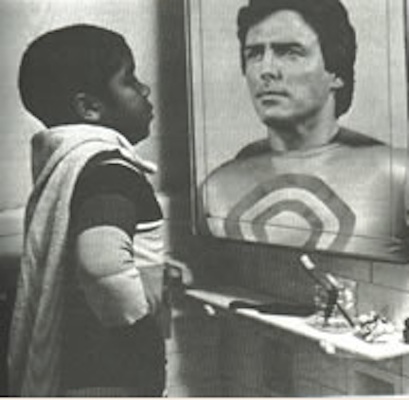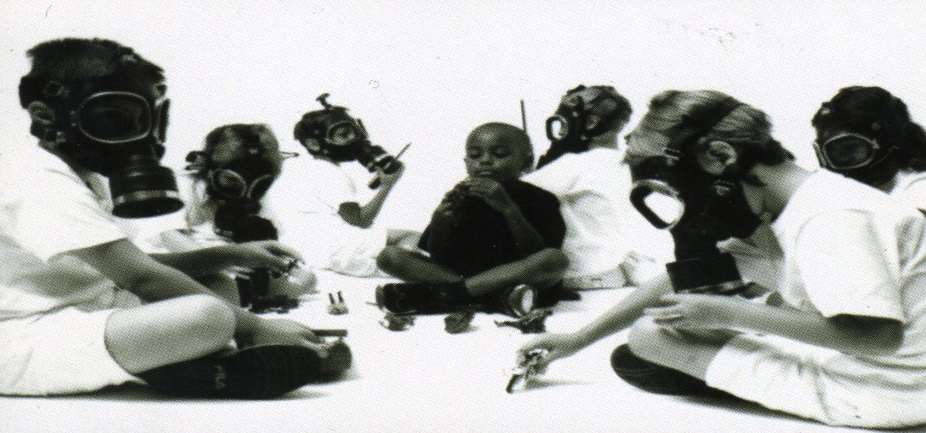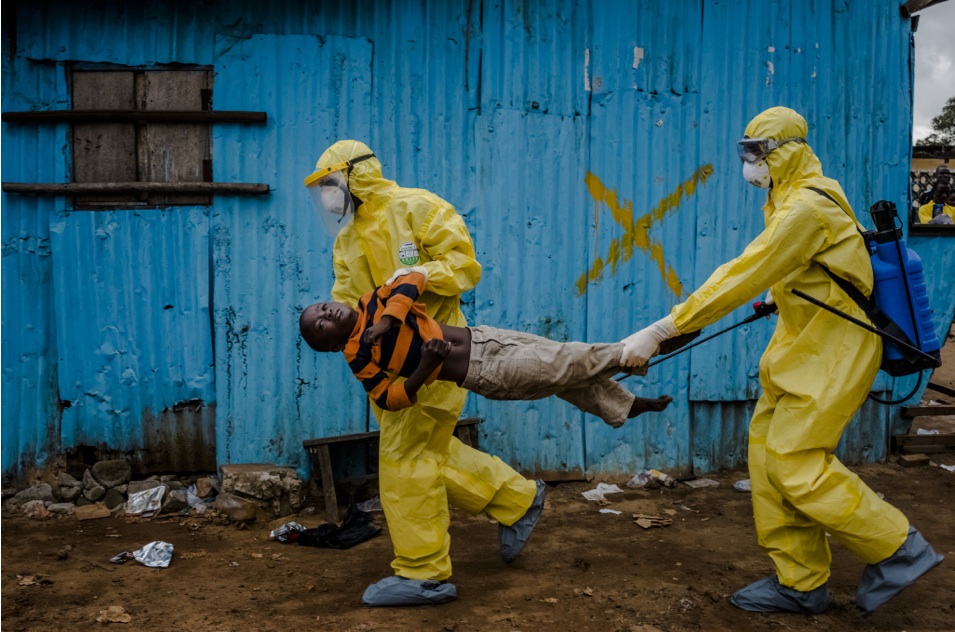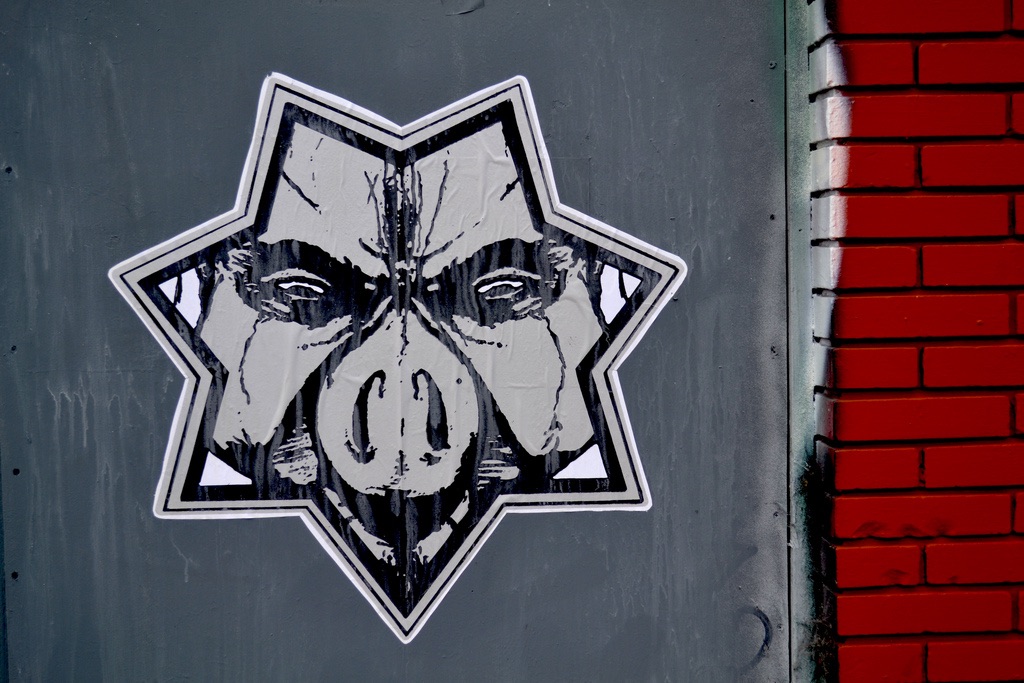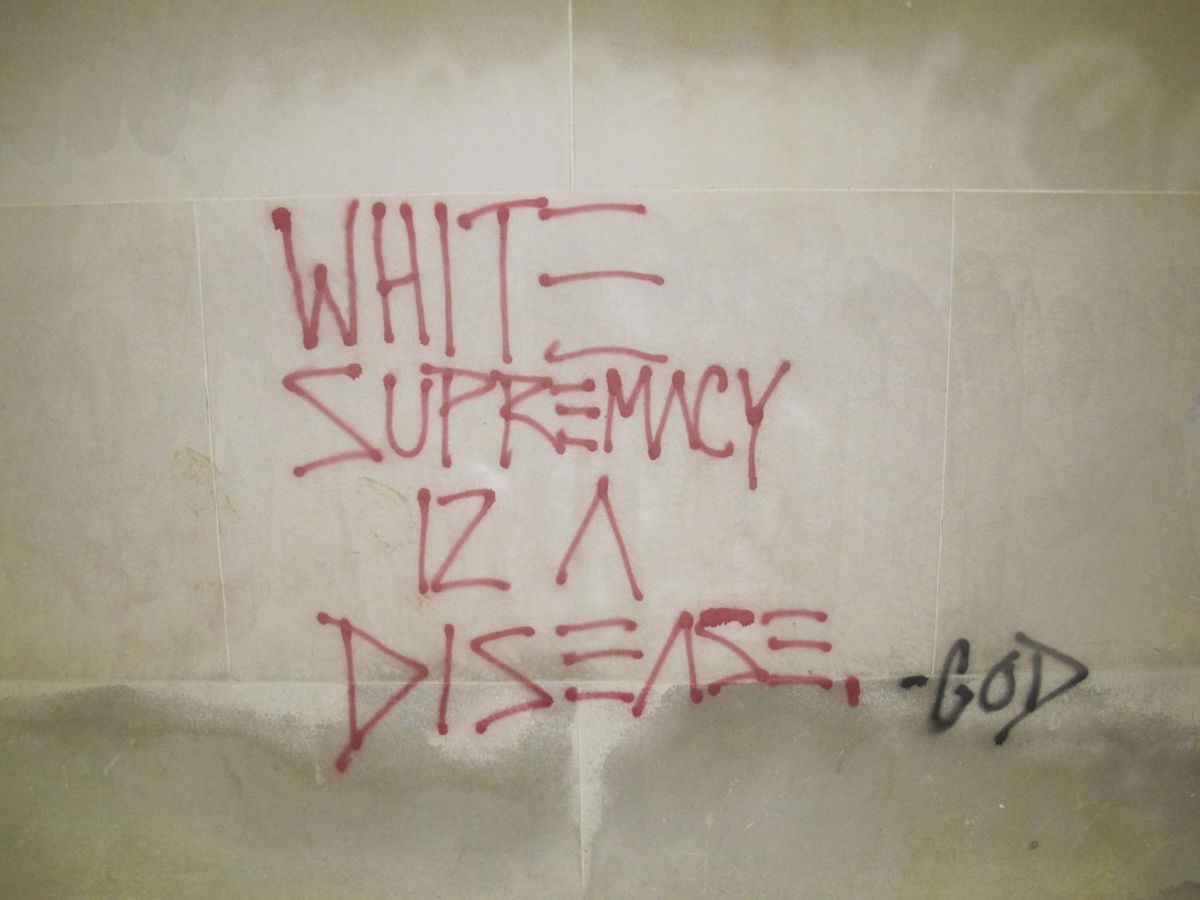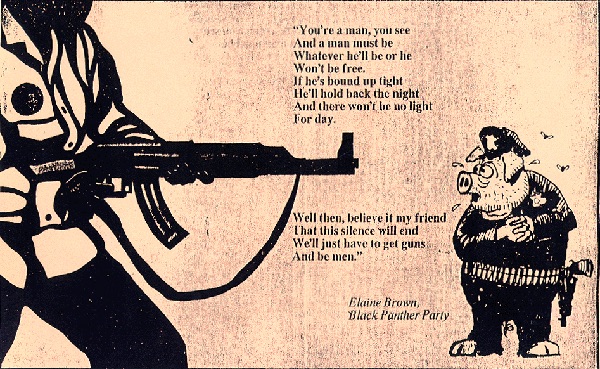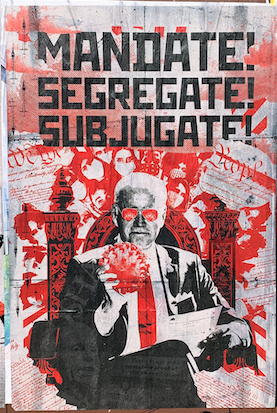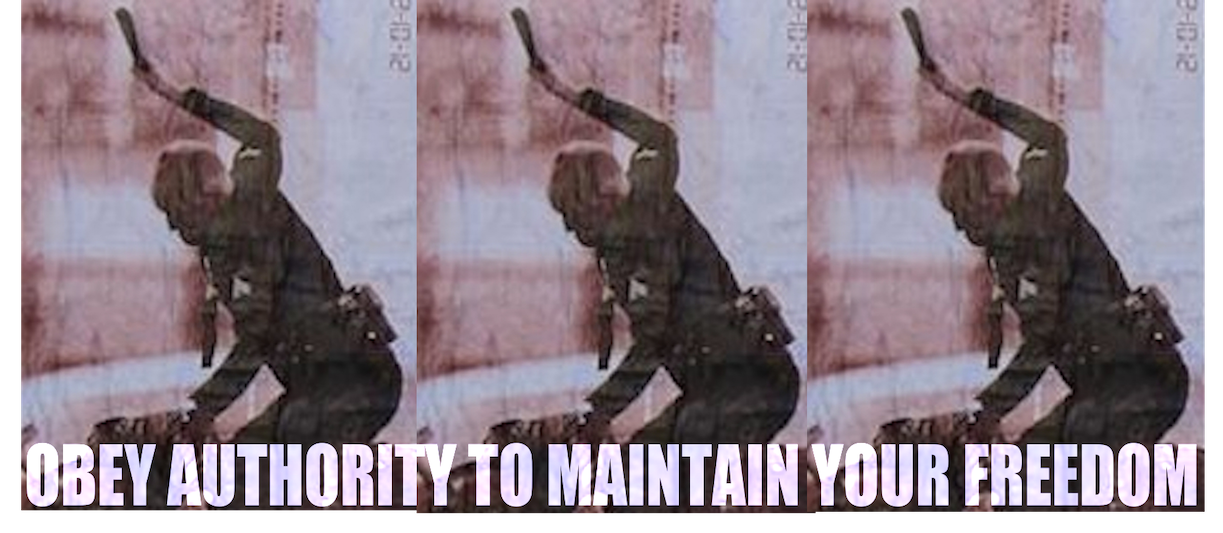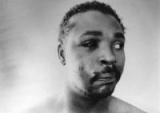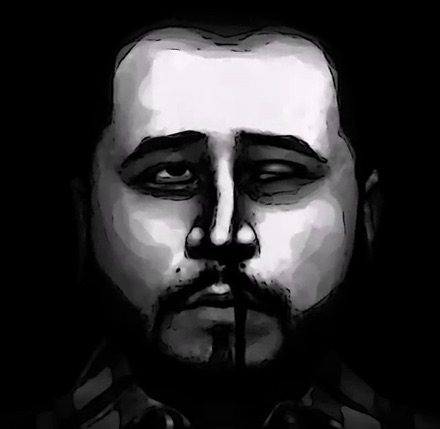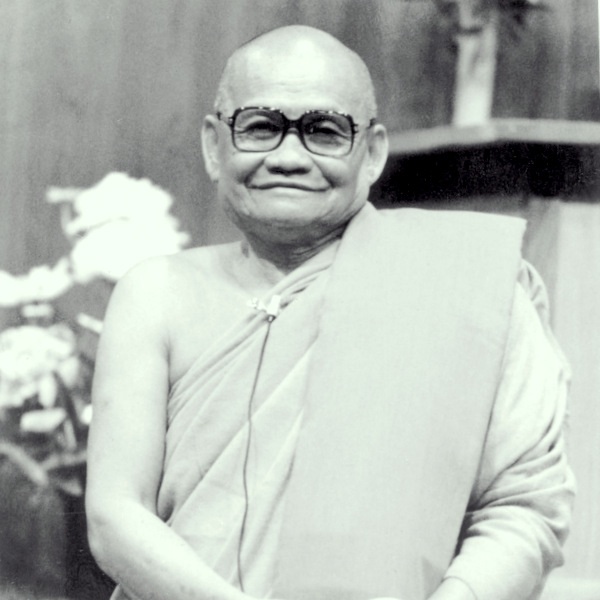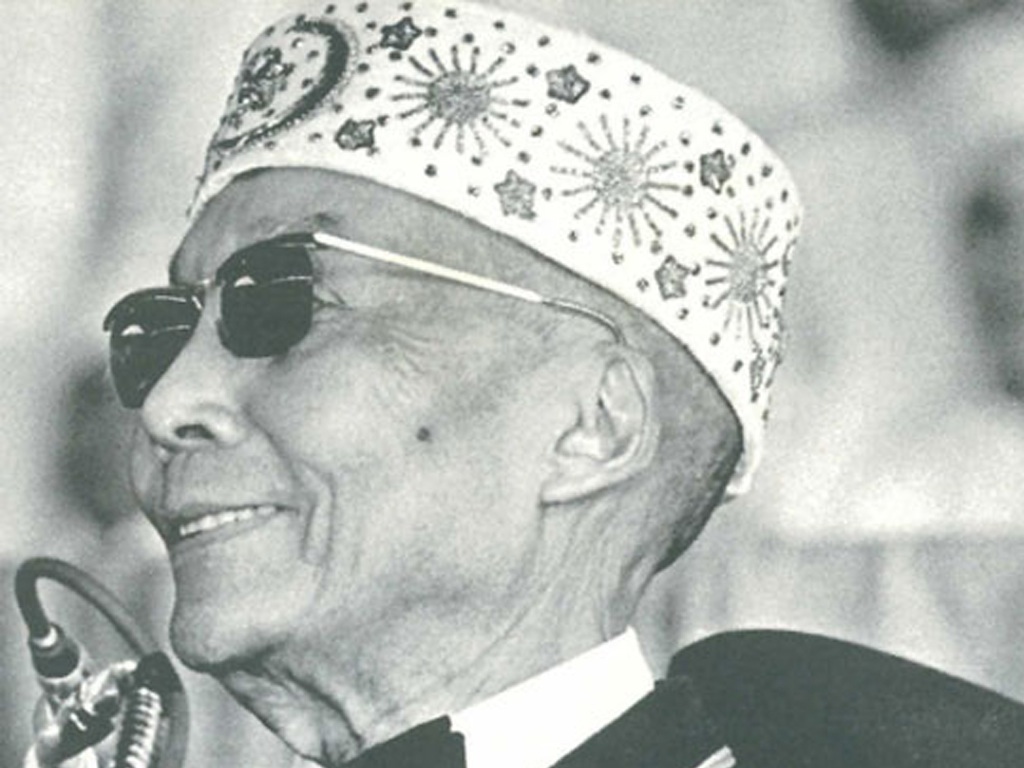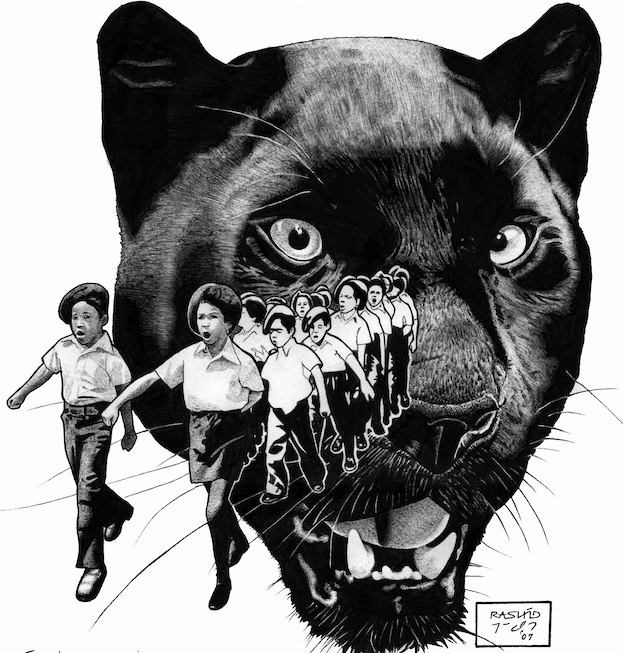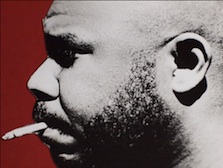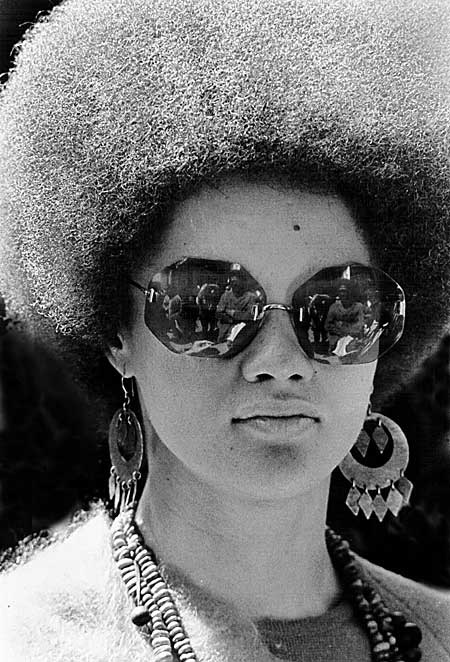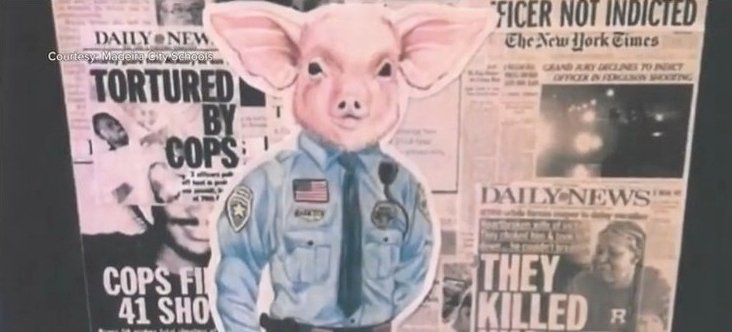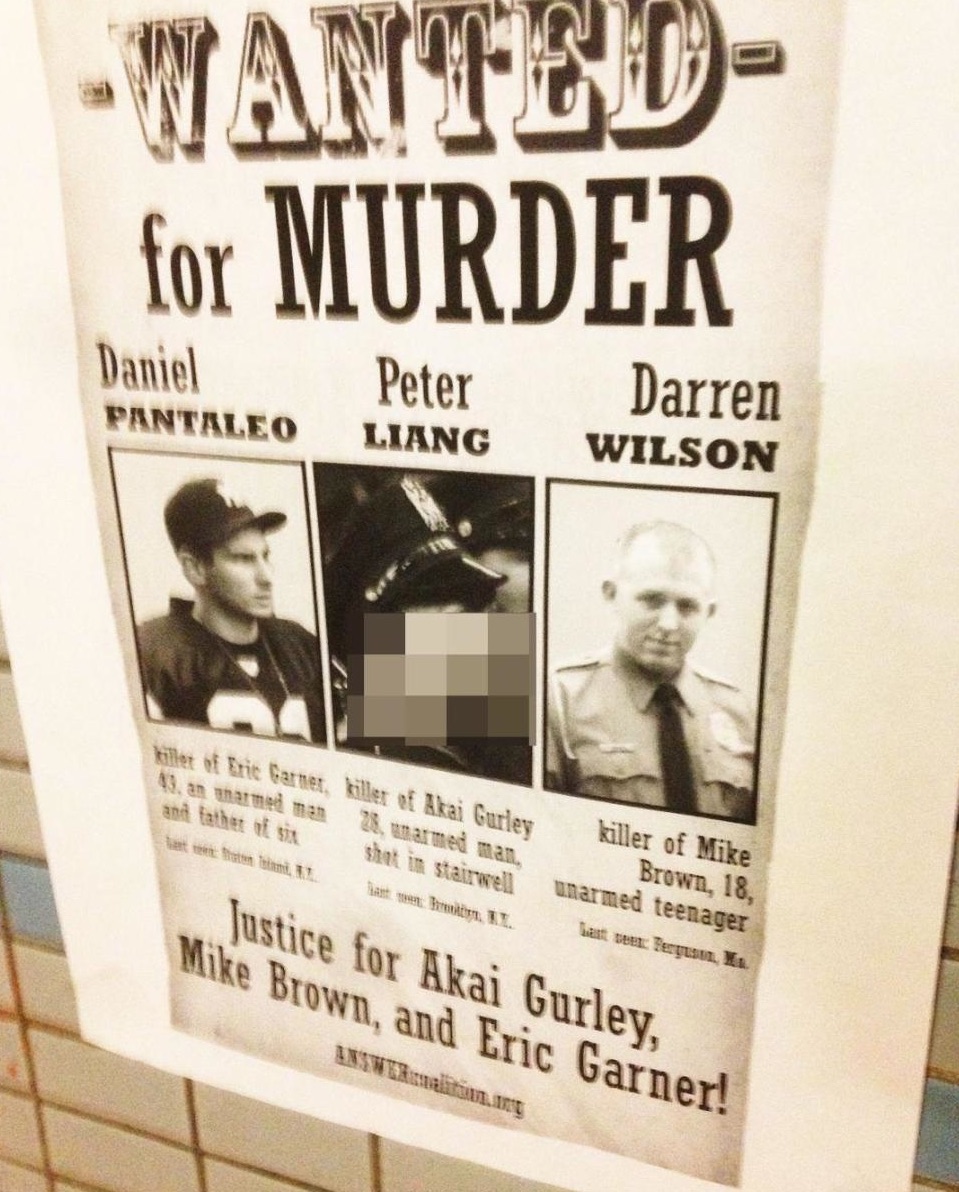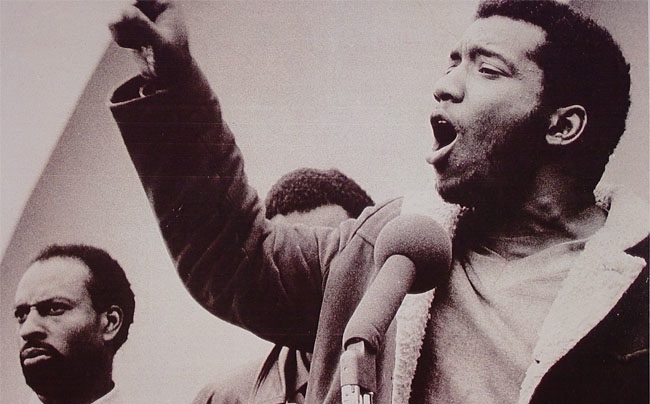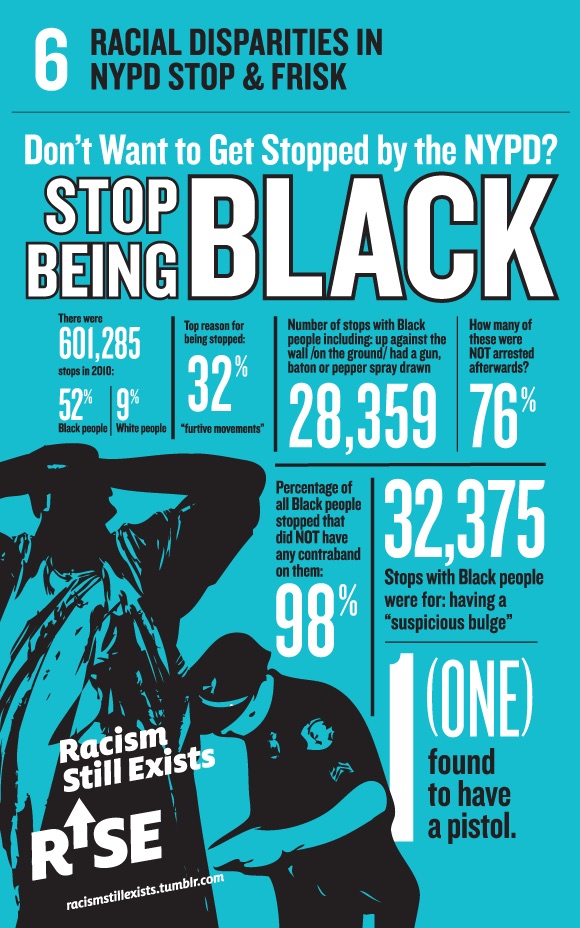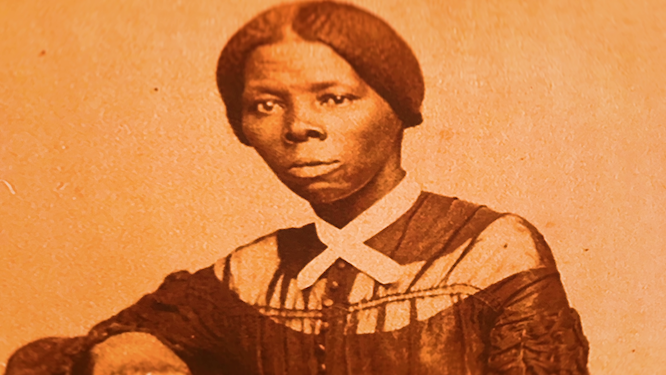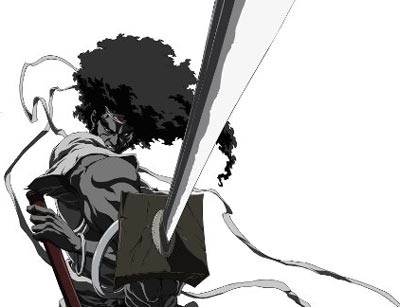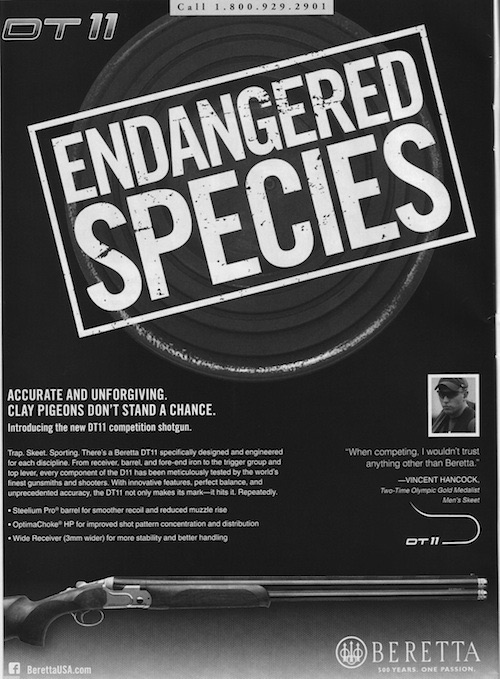Family suspects Guards at Utah Prison Beat Latino Woman to Death
/ From [HERE] Family members of an inmate found dead in her cell feel the condition of her body points to neglect by Utah State Prison, or worse.
From [HERE] Family members of an inmate found dead in her cell feel the condition of her body points to neglect by Utah State Prison, or worse.
Priscilla Chavez, 29, was buried Oct. 6 in services by Myers Mortuary in Ogden. As per prison policy, her Sept. 21 death is under investigation by an outside agency, Salt Lake County’s Unified Police Department.
The body was returned to the family within a week of the death after an autopsy by the State Medical Examiner’s Office. For a young woman, only 5-foot-4, with a history of fighting with police officers, the extent of the bruising to the body fuels family suspicions about how she died. She was once raped by a prison guard, who was fired, convicted, imprisoned and sued. The family has shared pictures with the media, and authorized the mortuary to show the injuries, but didn’t want the photos published.
“They’re getting away with murder,” Priscilla Chavez’s mother, Irene Chavez, of North Ogden, said of the prison. “First they rape her, then they kill her.”
Chavez had been in and out of the state prison and the state mental hospital since she was 16, according to court and prison records. In 2001, she was raped by a prison guard, who was fired and sent to prison himself for the offense in 2003.
In 2010, Chavez was awarded $1.4 million in damages by a federal court judge against the guard, Louis Poleate, for the rape.
The decision came just days after Chavez was returned to prison by the Ogden courts on a long list of charges involving assaults against police officers as well as one case of assault of a mental health worker.
The state prison settled its part of the federal lawsuit out of court for $25,000.
Pete Herrera, who married Priscilla in February 2010, just before her last return to Utah State Prison, said she received $16,000 of that settlement, the rest going for legal fees.
“She used most of it to buy her mother a car,” he said.
Herrera visited his wife’s body in the mortuary every day it was there, said mortuary officials.
His wife distrustful, suspicious and combative toward all police officers long before the prison rape, Herrera feels the marks on her body show rough handling by prison guards.
“I don’t see what else they would be from. ... They neglected and tormented her. They let her die. They just let my wife die.”
The easily observed condition of her body includes the following:
• Dime-size bruise to the tailbone.
• Red scraping or rash-like discoloration across the shoulder blades that morticians said is not the normal pooling of blood upon death.
• Larger reddish-orange bruising 3 to 4 inches by 1 to 2 inches at left collarbone.
• One eye red-lidded, almost like a black eye.
• Black, quarter-size bruise high on forehead above the other eye.
• As many as a dozen nickel-sized smaller bruises about the arms, legs and lower back.
• Bluish-black 3- to 4-inch-long, half-inch-wide bruise to crook of left arm.
Her body was obviously dehydrated, said Marcus Myers, funeral director at the Ogden mortuary at 845 Washington Blvd.
The body showed major weight loss compared to pictures used at the funeral and taken by the family about 18 months ago, he said.
Those photos were shot just before Chavez’s last trip back to prison, Herrera said.
Shaun Myers, president of Myers Mortuary, said the dehydration was unusual but that half of the bodies mortuaries service come in with some kind of bruising, especially those that had been recently hospitalized, as Chavez had been.
Family members say she was treated in the prison infirmary during the day preceding the night she died, then returned to her cell.
She also had been hospitalized earlier in September at the University of Utah, which contracts for inmate medical care. She also may have suffered a heart attack earlier in September.
“The department echoes its earlier condolences to the family as they continue to cope with the death, but corrections (department) would defer any further judgment to the independent agencies in charge of this investigation,” said Steve Gehrke, state prison spokesman.
“Those concerns from the family about the condition of the body have been passed along to the investigators,” said Justin Hoyal, Unified Police Department public information officer.
“It’s hard to say if it’s significant or not until we get the State Medical Examiner’s report.”
He said the department is waiting on that report, which could be several weeks from completion, before concluding its probe.
Departmental spokesmen initially said Chavez’s body showed no obvious signs of a cause of death.
Herrera said his wife wrote him that, sometime in September, she had a serious heart problem that required a defibrillator to revive her, but the letter didn’t mention in what facility.
“She said her heart stopped and they had to shock her back to life,” he said.
Herrera said he and his mother both received letters from Priscilla in September in which she talked of dying.
“She was trying to cry out for help,” Herrera said. “She knows they read inmate letters, so she didn’t say, ‘They are going to kill me,’ because they wouldn’t have sent the letter.”
Randy Phillips, the Ogden attorney who filed the successful federal lawsuit over the rape, has begun proceedings for a new suit over the death.
He has filed a notice of claim with the state, a necessary prerequisite to the wrongful death suit he plans.


















